Implementation of CITES in the field of customs - Many difficulties need to be solved
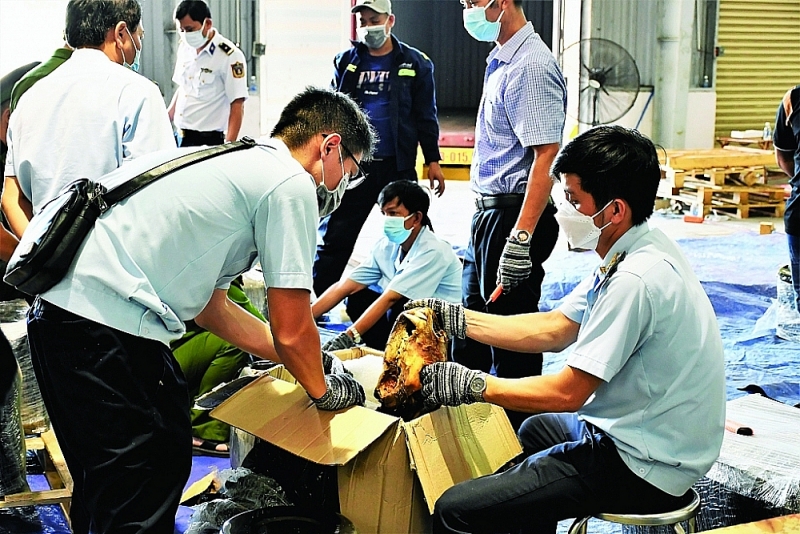 |
| Da Nang Customs Department has coordinated with authorities to discover more than 138kg of animal horns suspected to be rhino horns, more than 3.1 tons of animal bones suspected to be bones of animals in the List of Species of Plants and Animals protected by CITES Annexes. |
Key sea and air route
According to local customs departments, most of the large-scale smuggling of rare and precious animals and plants from 2017 to 2020 was carried out at sea and air border gates. The number of smuggling cases by sea accounted for about 50% of typical smuggling cases of wild animals and plants in 2017 - 2020.
Most smugglers choose the sea route because of the convenience in transporting large quantities. Therefore, many seaports of Vietnam have been put on high alert for smuggling ivory and pangolin scales, of which three ports are classified as high risk are Hai Phong port area, Da Nang port and Cat Lai port (HCM City). The countries of origin are usually African. Goods are usually transited through seaports in Cambodia, Malaysia, Singapore or Hong Kong (China). The destination of wildlife products is usually Cambodia, China, Malaysia or Vietnam.
For the air route, most of the cases discovered were serious, with most cases illegal transportation of ivory and rhino horn. The subjects mainly traded in ivory and rhino horn in African countries, then transported by air to Noi Bai or Tan Son Nhat international airports for illegal trading and transporting to neighbouring countries like China. To avoid the Customs force, subjects often hide goods, apply garlic on products, divide them into small pieces or camouflage in suitcases. Then, they work with people performing duties in the airport to get the goods out.
To combat illegal wildlife trade and transportation, over the years, the General Department of Vietnam Customs (GDVC) has worked with the Ministry of Agriculture and Rural Development to effectively deploy the National Single Window in issuance of CITES permits and at the same time coordinating between Customs forces at all levels and competent forces to exchange information, patrol, control, struggle, detect and handle gangs and groups involved in the illegal trade of wild animals and plants.
Vietnam Customs has used information and data from local governments, from the database system of the sector, competent forces and organisations in Vietnam and abroad, from the information system, to denounce crimes and from other public and secret sources to improve the effectiveness of forecasting and warning, early detection of suspicions, identification of key points, and destroy many large cases.
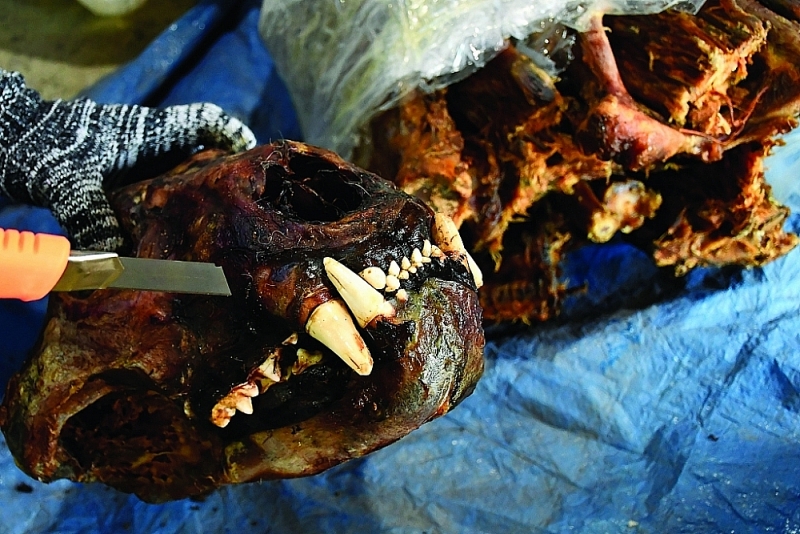 |
Many difficulties need to be solved
Despite the achievements, the fight against the trade of wild animals and plants is facing many difficulties.
Firstly, the Customs Law lacks enough regulations and sanctions to prevent violations. While the Customs sector tackled many cases of illegal transportation of wild animals and plants, Decree 157/2013/ND-CP stipulates administrative sanctions on forest management, forest development, and forest protection and forest product management only regulate sanctioning competence of the Police and Border Defence forces, not the Customs force.
Second, assessment is expensive and sometimes difficult because in some cases the exhibits are small in quantity and not enough to use as specimens. The assessment of exhibits is mandatory but requires judicial expertise. The assessment is often slow and expensive due to the provisions of the law on judicial expertise.There is no agency designated as a CITES scientific agency to assess specimens suspected to be of wild animal origin.
Thirdly, difficulties in handling evidence that of wild, endangered, precious and rare animals. There is no document stipulating that a specialised management agency has the authority to handle wildlife exhibits, so it is very difficult to hand over the evidence. For exhibits that are dead animals, animal products (skins, body parts, etc.), local customs units do not have frozen storage for preservation, so it is very difficult to manage and storing this product for a long time will cause damage and pollution.
Fourthly, it is difficult to determine the value of exhibits of violation, because endangered, precious and rare species of animals are banned (group IB) from circulating on the market, so there is no market price. Therefore, the valuation of exhibits of violation as prescribed in Clause 3, Article 60 of the Law on Handling of Administrative Violations faces difficulties when there is no basis for determining value.
Besides solving the problems mentioned above, in the process of implementation, the Customs force needs more active coordination from other competent forces such as the Police, Border Defence force, etc. from the information exchange and coordination, training, handling and seizure.
At the same time, strengthen the expansion of international cooperation for the fight, prevention and fight against smuggling and illegal transport of goods across border; focusing on collecting domestic and international information on wildlife and smuggling tricks to analyse, forecast, and ensure the prevention, containment, investigation and verification are achieved highly effective.
Related News
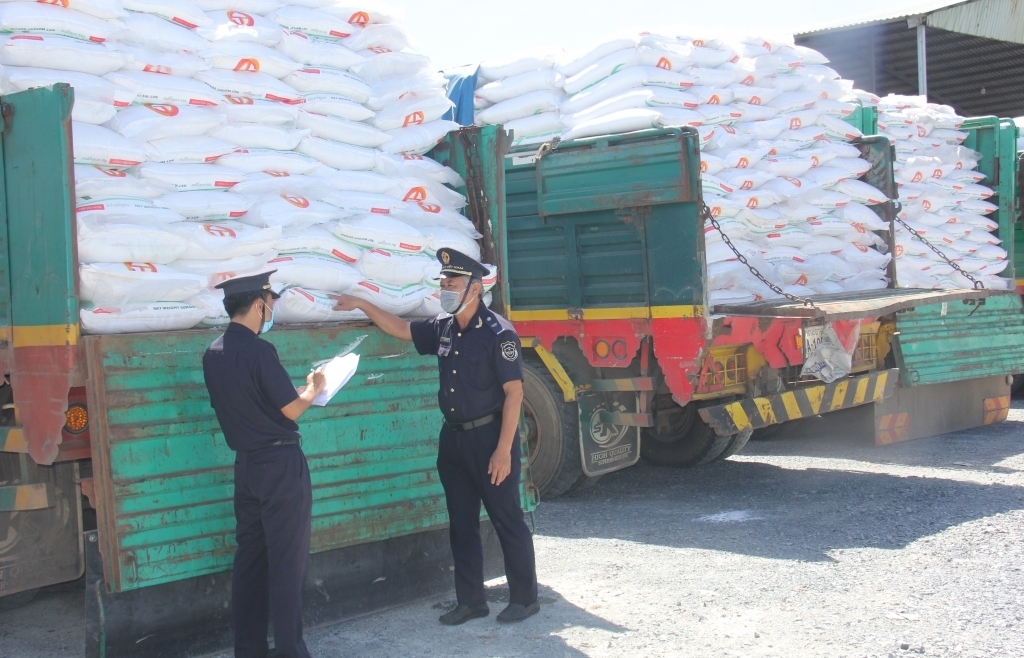
An Giang Customs Department escalates multiple tax fraud cases to law enforcement
16:30 | 15/02/2025 Anti-Smuggling
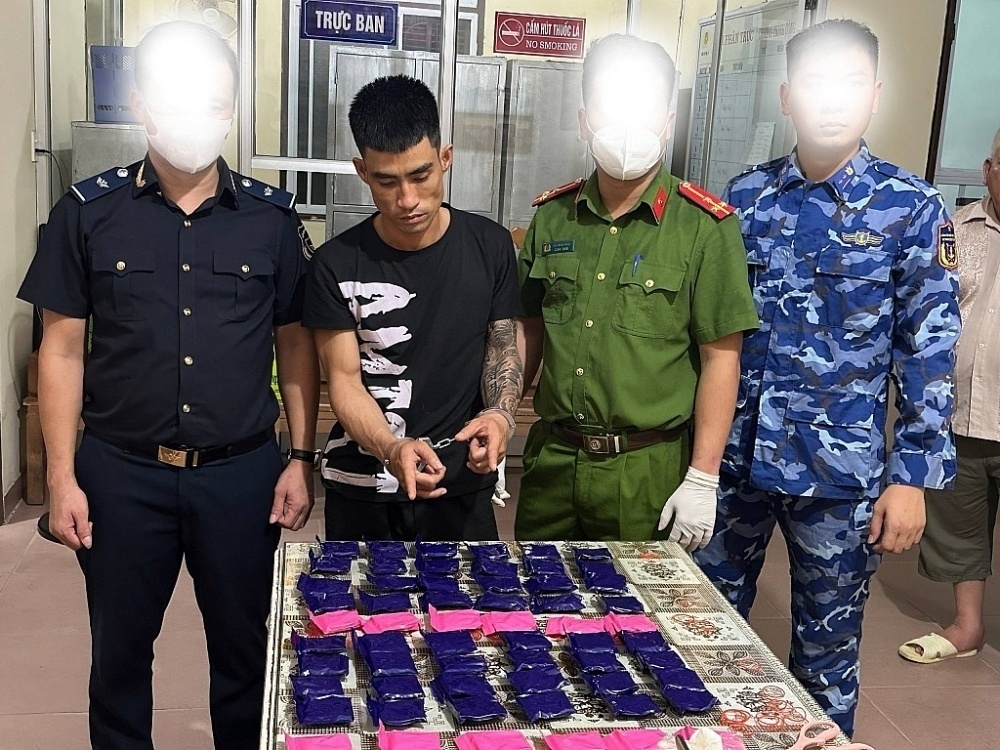
Customs crackdown nets 1,430 violations in first month
14:50 | 14/02/2025 Anti-Smuggling
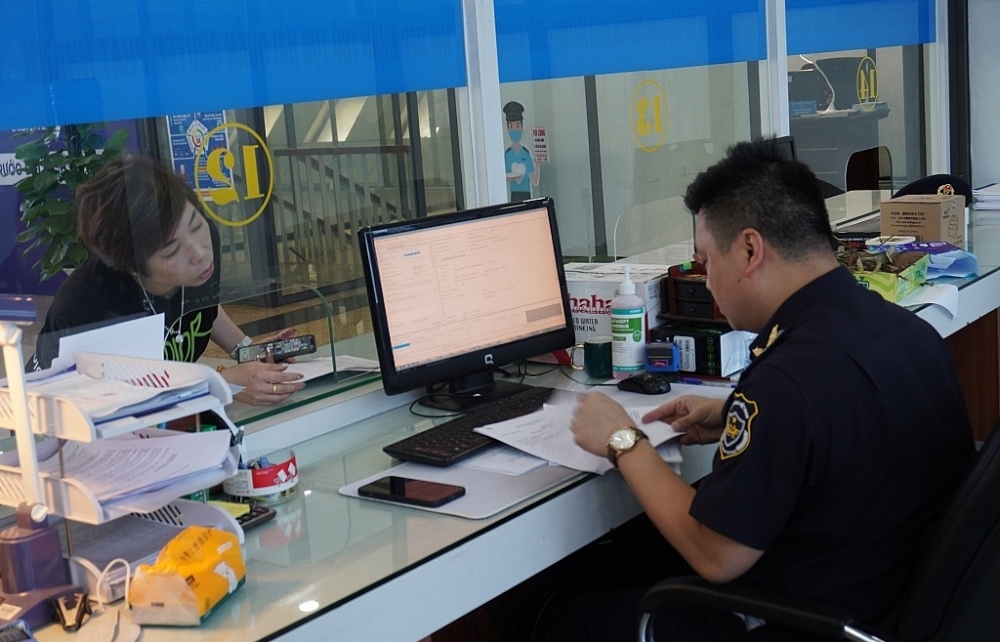
3,500 customs declarations handled in Lang Son over Tet
09:57 | 06/02/2025 Customs
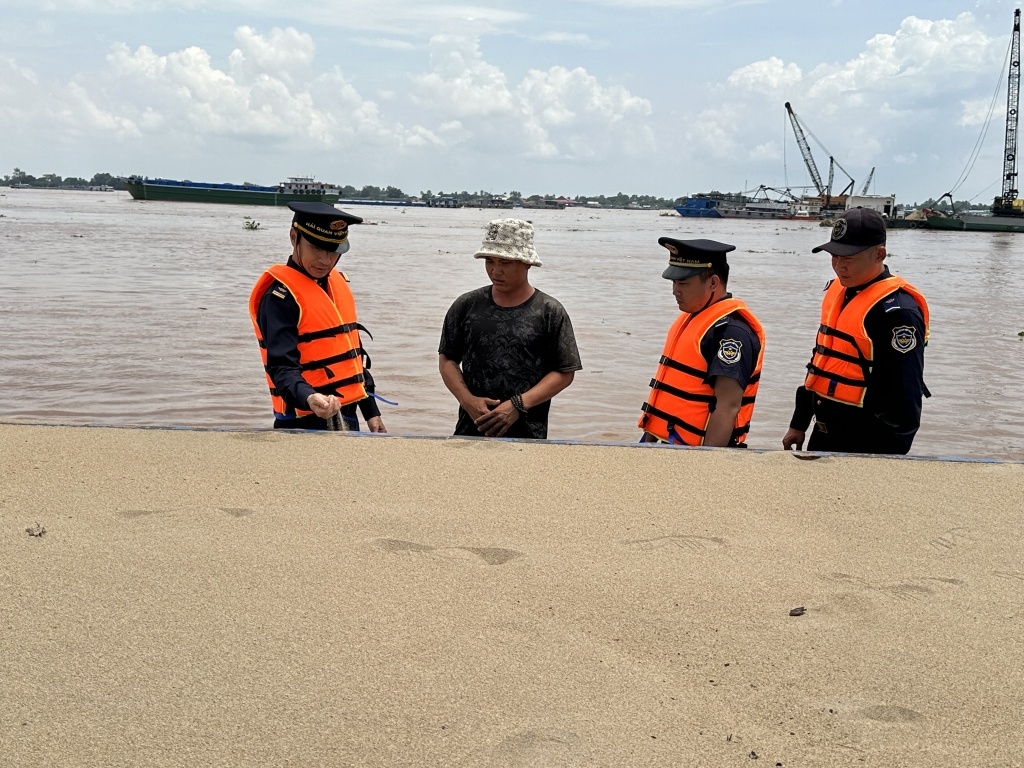
An Giang Customs strictly controls goods moving across the border
08:45 | 09/02/2025 Anti-Smuggling
Latest News
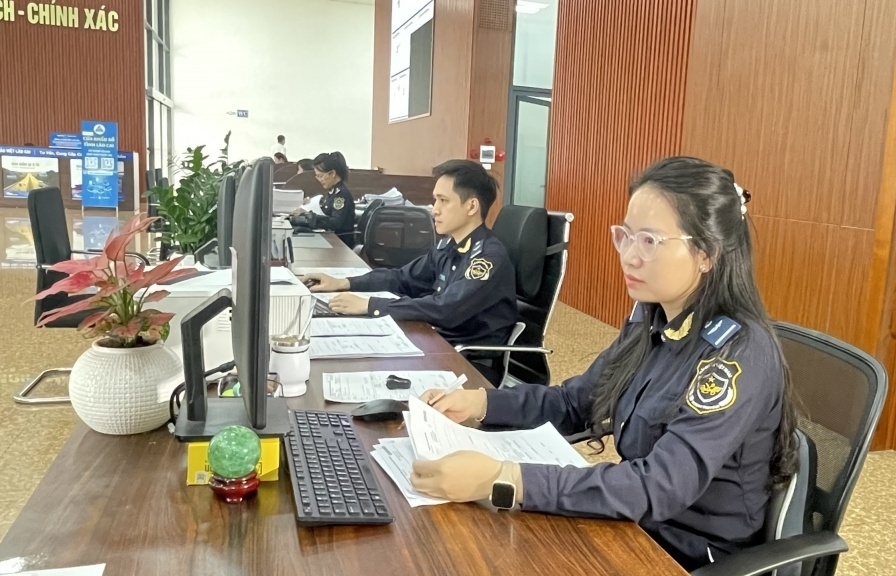
Vietnam Customs forms implementation task force on developing customs procedures
16:29 | 15/02/2025 Customs

Quang Tri Customs launches business support initiatives
16:29 | 15/02/2025 Customs
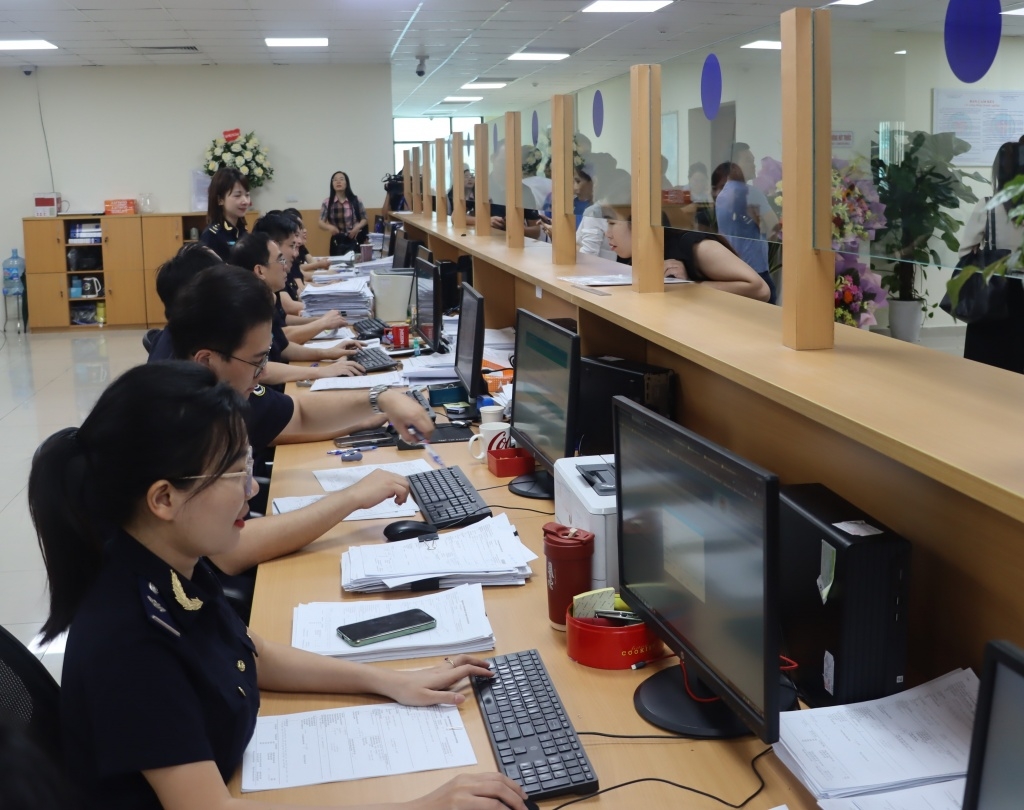
Hai Phong Customs’ revenue rises about VND 1,000 billion
14:52 | 14/02/2025 Customs

Administrative reform: Khanh Hoa Customs delivers impressive results
14:52 | 14/02/2025 Customs
More News
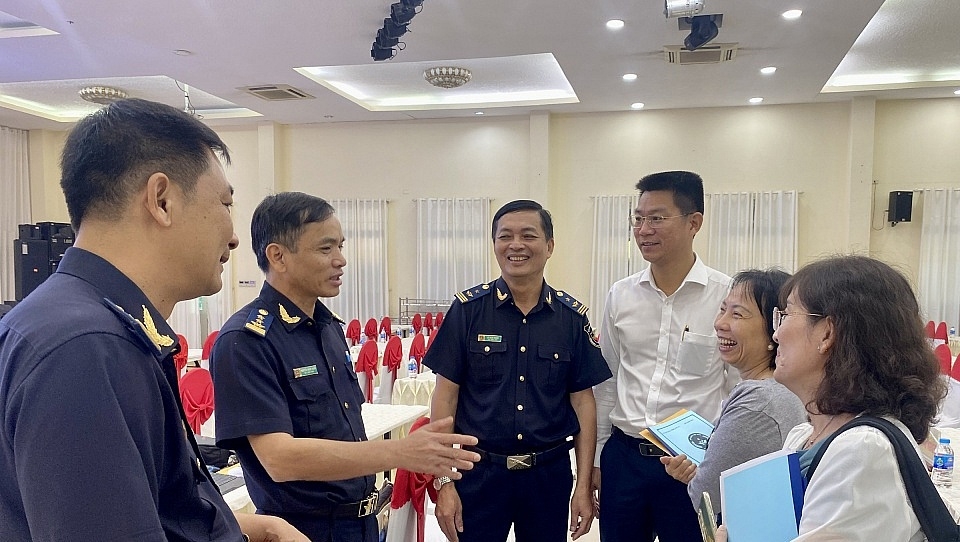
GDVC sets goal of widely disseminating Customs policies
07:49 | 12/02/2025 Customs
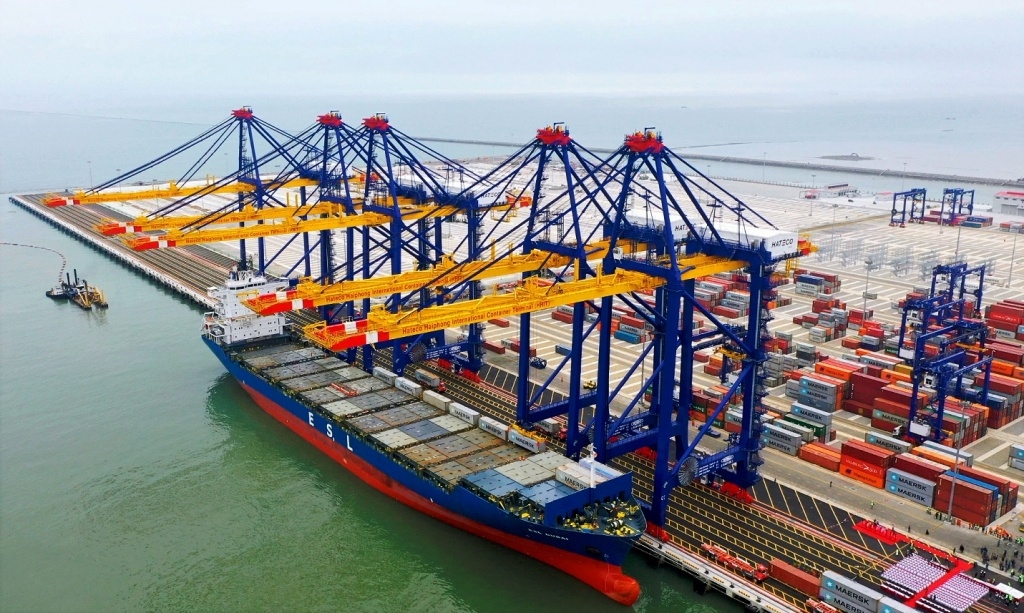
Hai Phong Customs sets out 15 tasks to achieve the revenue target of VND 72,000 billion
10:12 | 11/02/2025 Customs
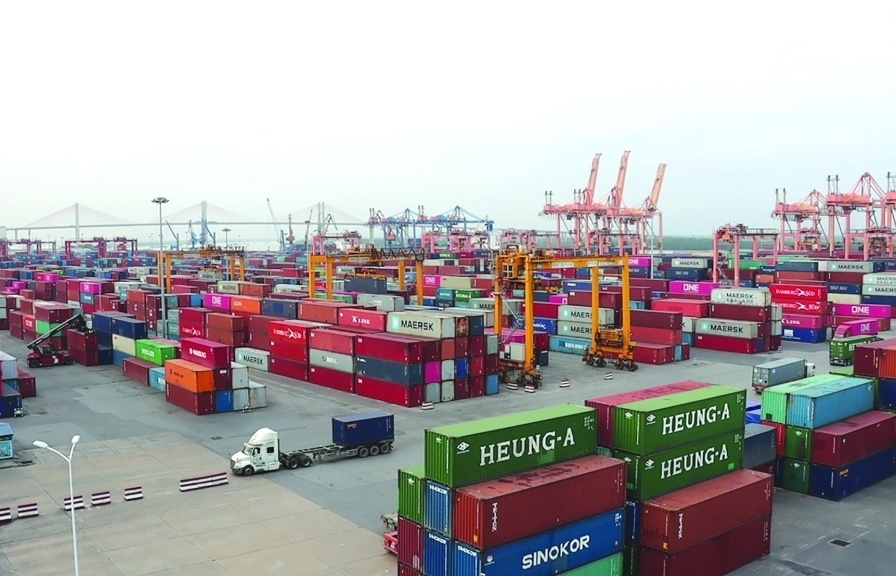
Over 1,500 customs declarations processed by Hai Phong Customs during Tet
14:36 | 10/02/2025 Customs
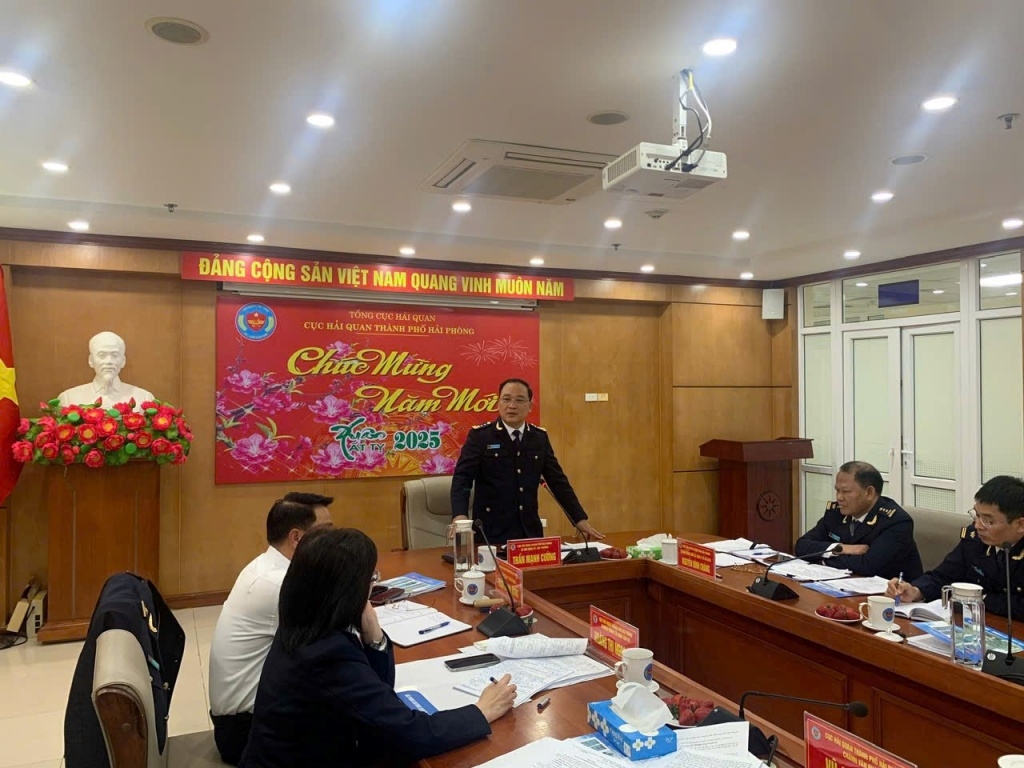
Hai Phong Customs strives to perform tasks from the beginning of the year
08:45 | 09/02/2025 Customs
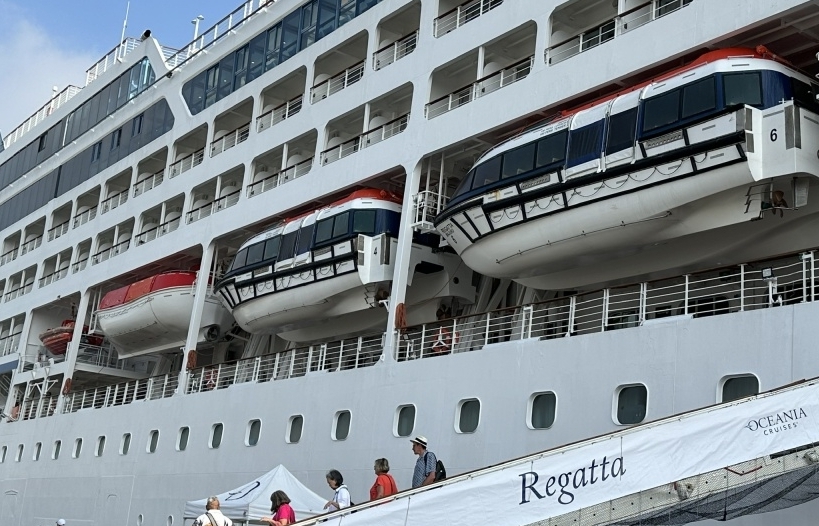
Ho Chi Minh City: Foreign visitors spend more than VND1,500 billion to buy goods upon exit
10:01 | 07/02/2025 Customs
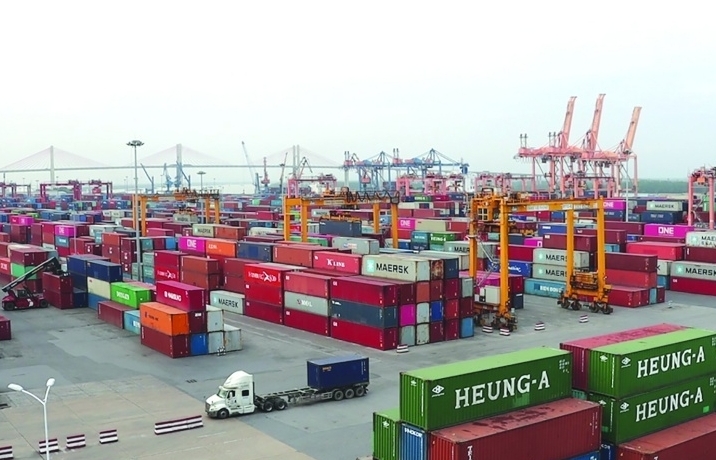
Hai Phong Customs processes more than 1,500 declarations during 2025 Lunar New Year holiday
14:09 | 05/02/2025 Customs
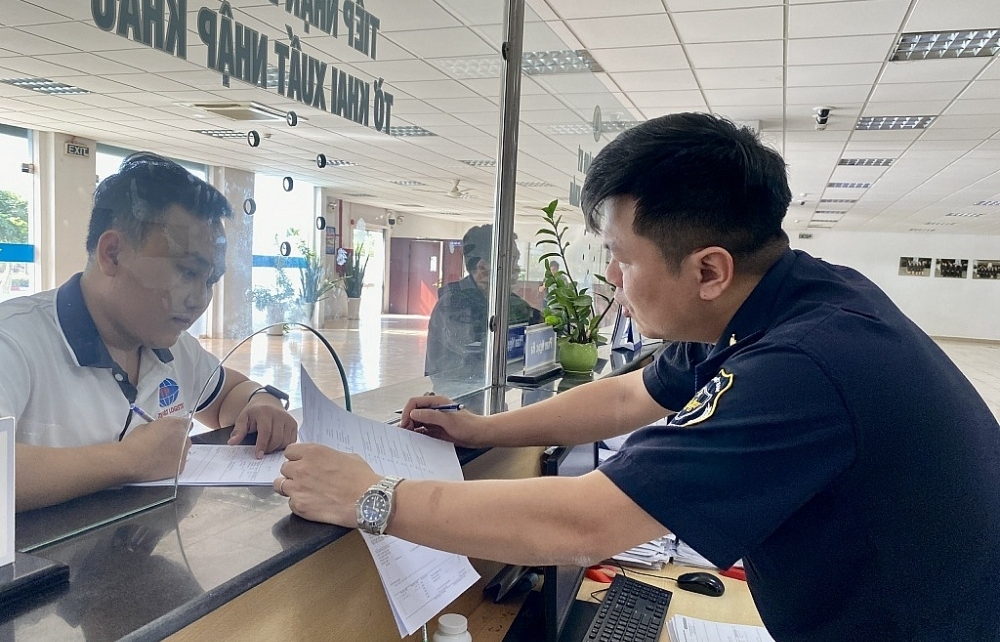
US$10.5 million in trade flows through Binh Duong Customs during Tet During the 2025 Lunar New Year
14:08 | 05/02/2025 Customs
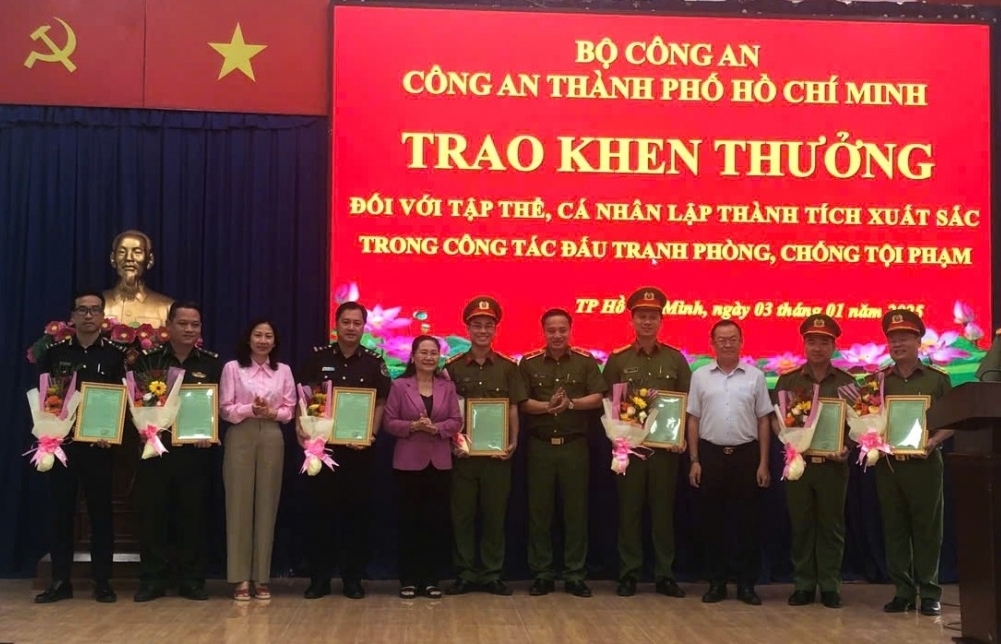
Proactive customs measures for express parcels: Tightening control over import-export goods
22:09 | 27/01/2025 Customs
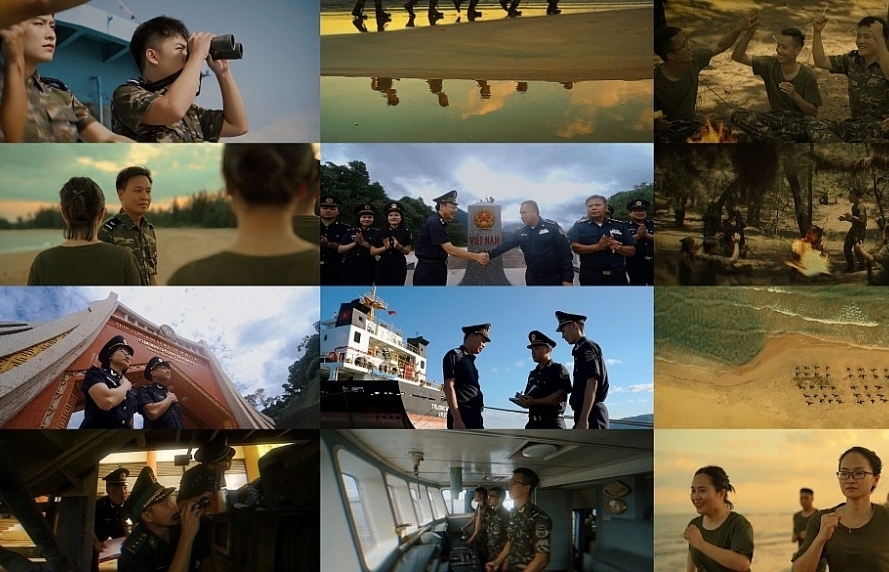
Best covers of Vietnam Customs songs: 15 winners revealed
10:58 | 22/01/2025 Customs
Your care
The system has not recorded your reading habits.
Please Login/Register so that the system can provide articles according to your reading needs.

Vietnam Customs forms implementation task force on developing customs procedures
16:29 | 15/02/2025 Customs
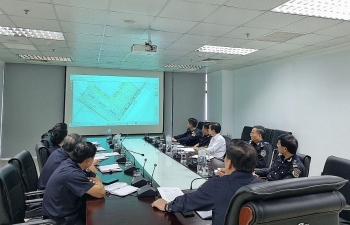
Quang Tri Customs launches business support initiatives
16:29 | 15/02/2025 Customs

Hai Phong Customs’ revenue rises about VND 1,000 billion
14:52 | 14/02/2025 Customs

Administrative reform: Khanh Hoa Customs delivers impressive results
14:52 | 14/02/2025 Customs

GDVC sets goal of widely disseminating Customs policies
07:49 | 12/02/2025 Customs
